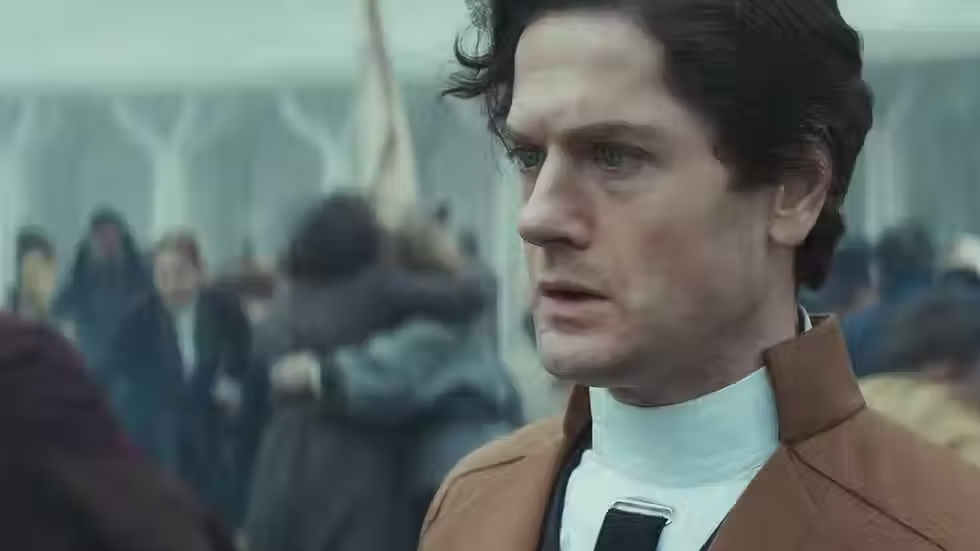In Defense of The Witcher’s Nonlinear Narrative Structure
- ogradyfilm
- Jan 19, 2020
- 2 min read
[The following essay contains SPOILERS; you have been warned!]
Both fans and critics of Netflix’s recent adaptation of Andrzej Sapkowski’s The Witcher seem to agree on at least one thing: they find its nonlinearity to be alienating at best and infuriating at worst.
For the uninitiated: rather than unfolding chronologically, the plot jumps between characters inhabiting three separate time periods. The problem arises when the writers fail to make this element of the story immediately obvious; indeed, the overall lack of clarity appears to be a deliberate creative choice, with a breadcrumb-like trail of subtle clues and hints gradually building up to the shocking revelation of how the puzzle fits together. When the show finally does get around addressing that all-important “how,” however, it’s already halfway done, leaving precious few opportunities to justify the “why” behind its unconventional structure; many viewers therefore dismiss it as a pointless gimmick… instead of rightfully acknowledging it as an essential component of the series’ identity.

Well, because I’m an insufferable contrarian, I have come to deliver my dissenting opinion on the topic. Without further ado, here are three reasons why I believe that The Witcher’s subversive narrative framework is actually brilliant:
It allows the writers to experiment with different “flavors” of storytelling. Geralt’s plots, for example, are strictly episodic and self-contained, revolving around a basic “monster-of-the-week” formula. Yeneffer’s more serialized storyline, on the other hand, is an epic romantic saga that spans decades, charting the fledgling sorceress’ transformation from a helpless victim into a ruthless schemer—and, eventually, into a selfless hero. Finally, Princess Cirilla’s adventure is a relentlessly-paced, action-packed, nonstop chase sequence akin to Mad Max: Fury Road. This versatility is probably The Witcher’s greatest asset; if you dislike the A plot of a particular chapter, then perhaps the B plot will better suit your personal tastes.
It builds anticipation. Once you’ve navigated the labyrinthine intricacies of the larger myth arc, you begin to look forward to seeing exactly how the various plot threads will ultimately converge. This level of borderline metatextual suspense would have been impossible to achieve had the show adhered to a more traditional narrative structure.
It ties into the series’ central theme: “Destiny.” Every conflict in the show revolves around the idea of Destiny as an intelligent, undeniable force of nature; characters frequently debate the importance of fulfilling it, warn others about the dangers of attempting to hinder it… and, in some cases, are utterly crushed by their misguided efforts to thwart its designs. It is appropriate, then, that the protagonists’ journey towards the nebulously-defined “present” carries the unmistakable scent of inevitability; these three are fated to meet, even as the very structure of the plot conspires to tear them apart.





Comments